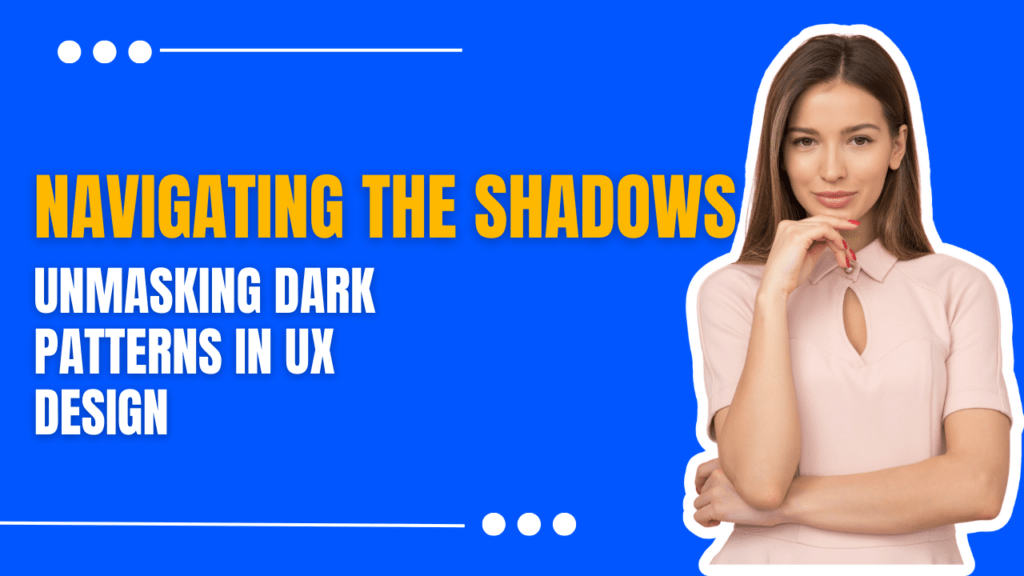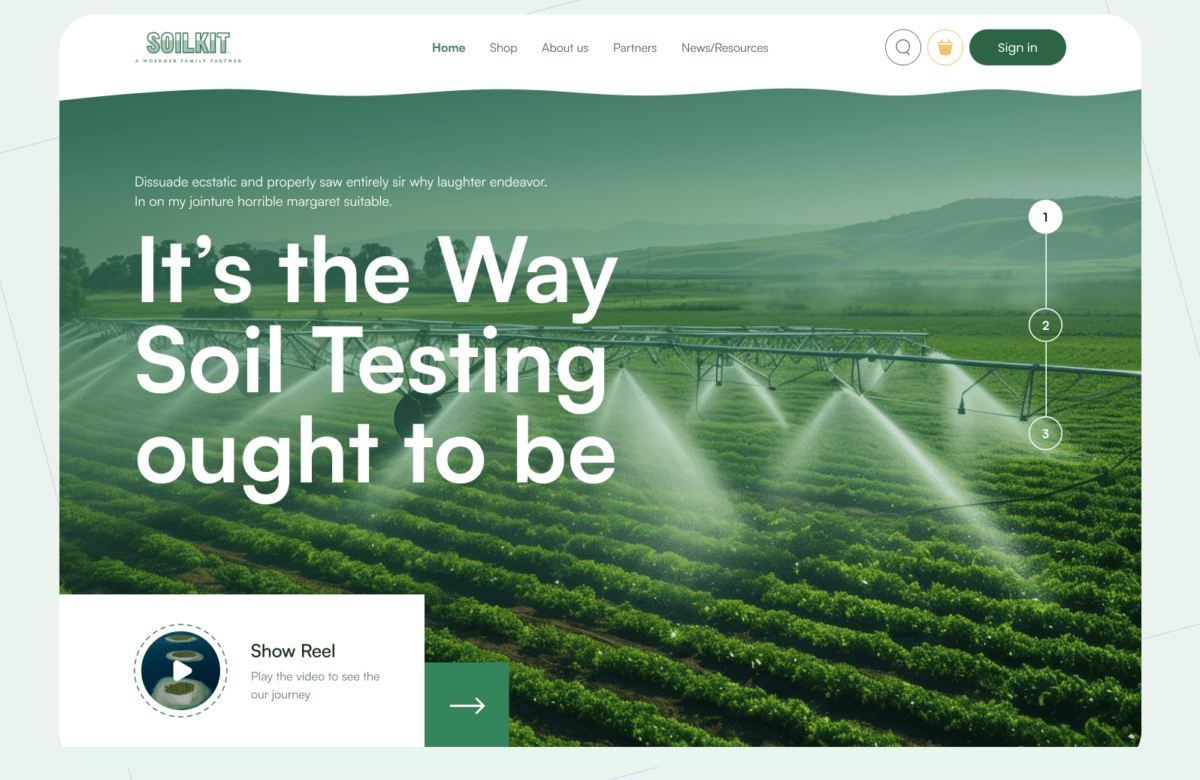Understanding the significance of dark patterns in UX design is crucial for professionals in the digital landscape. These deceptive design tactics are used to manipulate users into unintended actions, such as making purchases, subscribing to services, or sharing personal information. In this blog, we will delve into the importance of understanding dark patterns in UX, identify common dark patterns, discuss their ethical implications, and provide strategies for avoiding or mitigating their use. We’ll underscore the benefits of designing with transparency and user trust in mind, emphasizing the crucial role UX professionals play in promoting ethical design practices.
Recognizing Deceptive Techniques
Dark patterns in UX encompass design techniques that manipulate and deceive users, often resulting in unfavorable outcomes. Exploiting cognitive biases and user behavior, these patterns prioritize the interests of businesses or service providers over those of the users. While they may yield short-term gains, dark patterns ultimately harm the user experience and erode trust in the brand or platform.
Common Types of Dark Patterns
- Misdirection: This pattern uses visual or textual cues to divert users’ attention from the intended action. For instance, hiding the “unsubscribe” button in small font or placing it inconspicuously.
- Forced Continuity: Users are trapped into recurring subscriptions or services, making it difficult to cancel. This involves confusing interfaces or buried options, leading to unintentional commitments.
- Roach Motel: Similar to forced continuity, this pattern allows easy sign-up but makes it arduous to cancel or leave the service, fostering frustration and dissatisfaction.
- Hidden Costs: This pattern conceals additional fees until the user is committed to a purchase or subscription, using confusing language or small print.
- Confirm shaming: Guilt or social pressure is used to manipulate users into a specific choice, employing phrases like “No, I don’t want to support the charity” when users decline an optional donation.
Prioritizing Ethical UX Design
Recognizing and identifying dark patterns is crucial for designers, developers, and stakeholders to ensure ethical and user-centric experiences. By staying aware of these deceptive tactics, professionals can actively avoid implementing them and work towards transparency and honesty in their designs.
Strategies for Ethical UX Design
- Educate and Establish Guidelines: Deepen understanding of ethical design principles, such as the Ethical Design Manifesto. Establish clear guidelines within the organization, educating the team about potential harms and fostering a culture of responsibility.
- Incorporate User Research: Involve real users early in the design process to gain insights into their needs and concerns. This user-centered approach aligns design choices with user expectations, minimizing the temptation to resort to dark patterns.
- Prioritize Transparency and Clarity: Provide users with honest and easily understandable information about actions, avoiding complex jargon and hidden terms. Strive for simplicity and clarity in language and design.
- Regular Review and Evaluation: Conduct heuristic evaluations and usability tests to identify potential dark patterns. Iterate and refine designs based on user feedback, ensuring a focus on user needs and respecting autonomy.
- Engage with the Design Community: Actively participate in the wider design community to stay updated on ethical design best practices. Collaboration and shared knowledge are essential for creating a digital landscape prioritizing user well-being.
User-Centric Approach with UI/UX Design
When discussing UI/UX design, it’s crucial to emphasize a user-centric approach. The role of a UI UX designer is to ensure that the user interface design and user experience design align seamlessly to create a positive and engaging interaction. For those seeking the best in the industry, exploring best UX portfolio websites can provide valuable insights into the work of seasoned professionals. If you’re ready to enhance your team, it’s wise to hire UI UX designers with a proven track record in delivering exceptional digital experiences.
Putting User Experience First
In conclusion, the age of dark patterns calls for a renewed commitment to user-centric design. Prioritizing transparency, simplicity, and empowerment allows businesses to create digital experiences that foster long-term loyalty and engagement. Regular assessments, refinements, and a strong ethical framework contribute to building a trustworthy and positive user experience. By putting the user first, the aim is to construct a digital landscape that is ethical, enjoyable, and beneficial for all stakeholders involved in the user experience.



